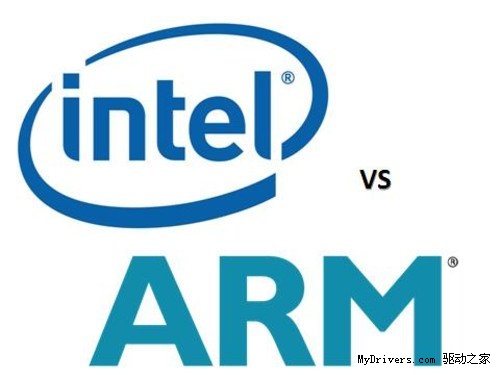 The market adjustment agency In-Stat issued a report saying that various mobile device markets will enter the rapid development track with rich functions and strong demand, but with the gradual deepening of hardware potential of software vendors, different companies and The battle between different processor core architectures will no longer be as important.
The market adjustment agency In-Stat issued a report saying that various mobile device markets will enter the rapid development track with rich functions and strong demand, but with the gradual deepening of hardware potential of software vendors, different companies and The battle between different processor core architectures will no longer be as important. At present, x86 and ARM respectively dominate the high and low end mobile markets, and they all focus on mainstream devices such as e-books, tablets, and netbooks. However, other architectures such as MIPS and SH are also suitable for building SoC processors. The importance of operating systems and mobile applications continues to increase, and processor architectures or instruction sets will also become irrelevant.
In-Stat predicts that the mobile processor market in 2010 is expected to reach nearly 4 billion units. The key differentiating factors will be price, power consumption and performance.
Jim McGregor, chief technology analyst at In-Stat, commented: “ARM will dominate mobile phones and high-end handheld devices such as tablets and e-books. Intel’s x86 architecture will dominate PC-like solutions such as netbooks and traditional notebooks. MIPS will continue For handheld solutions with limited functionality, SH will still be limited to the Japanese market."
Other major findings:
- Nearly 75% of all mobile processors in 2014 are multi-core, and the proportion of integrated baseband functions will be higher.
- Integrated baseband modems will be the key to mobile processor differentiation.
- Tablets will become the fastest growing field for mobile processors, with compound annual growth rates of 123.6% in 2009-2014.
- At present and for the foreseeable future, ordinary mobile phones and smart phones are the biggest opportunities for mobile processors.
